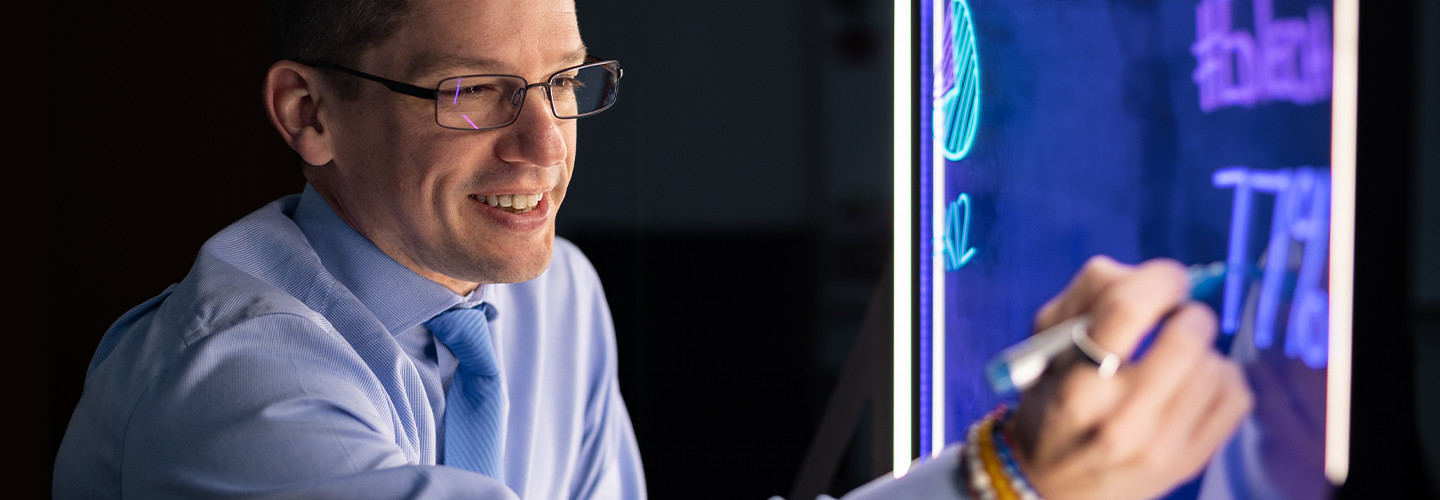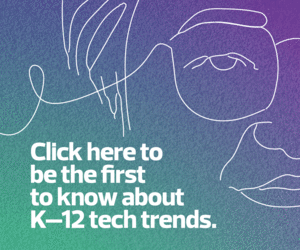This innovative digital teaching tool is a result of a partnership between Matt Anderson, a physics professor at San Diego State University, who invented a product he called the Learning Glass, and Ji Shen, CEO of ed tech firm Pathway Innovations, Inc. Shen applied the advanced digital imaging technologies of his company’s HoverCam product to Anderson’s transparent writing glass.
After sitting through a few demonstration sessions of the Learning Glass, Shen says, he was struck by how much it felt like the teacher was speaking directly to the students, “almost one-on-one. That social connection really changed how students responded to the teaching.”
K–12 Teachers Adapt Quickly to the New Technology
A handful of K–12 school districts across the country have already introduced the eGlass to their students as a way to increase student engagement during distance or hybrid learning.
In Pickerington Local School District in Ohio, Brian Seymour observed several math teachers successfully use the eGlass for virtual instruction. As executive director of instructional technology and innovation for the district and principal of the PLSD Virtual Learning Academy, he immediately saw the value of the tool.
“One teacher who really took to it had kids call her a wizard on the first day. They were like, ‘How are you doing that?’ They were very excited anytime she utilized it in class, and she enjoyed it a lot. She said it made things so much easier, because she was able to see her students while writing. She used markers of different colors, and she could fade herself in and out by adjusting the light. With a traditional tablet, you’re not able to do that.”
The Pickerington teachers involved in asynchronous instruction were also able to use the eGlass and its built-in mic to create videos for students to watch on their own schedules.
LEARN MORE: Asynchronous learning gains popularity in the new K–12 education landscape.
The learning curve with the eGlass is not steep. Seymour says math teachers needed just a few minutes to figure out how to use the tool for the first time, adding that it was basically a “plug-and-play” situation when used in its basic mode.
Seymour noticed a hiccup in the process of pulling in content from the computer or browser, which shows up on the computer but not on the eGlass itself — similar to when a weatherman works with a green screen and has to point to an image that isn’t really there.
Still, he says, “I think it’s got some amazing capabilities. It’s different than anything else that’s out there right now. To be able to look at your kids and look at what you’re writing and have that projected on the board — it’s a game changer for math teachers.”











